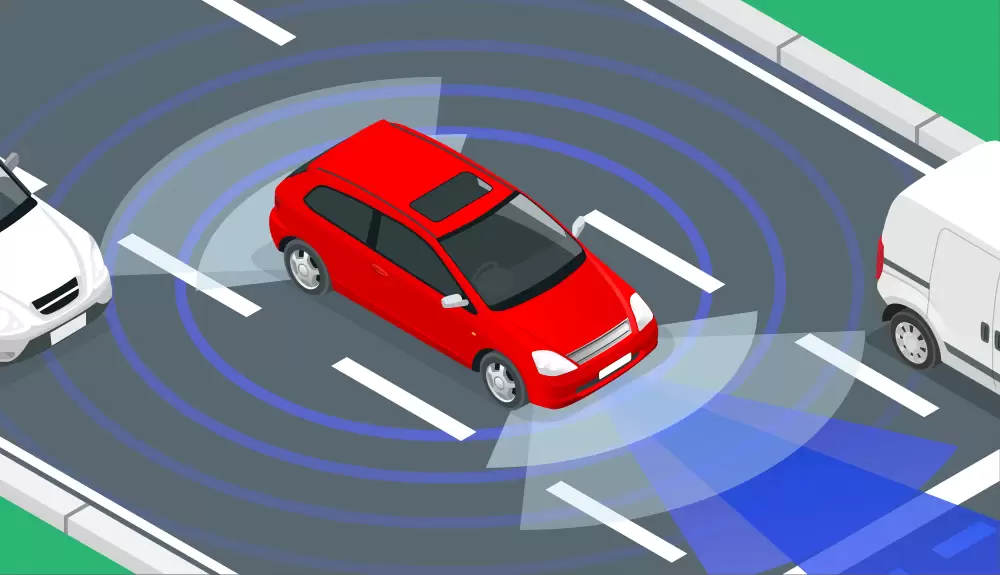Introduction
For decades, drivers have debated the merits of manual versus automatic transmissions. Manuals provide control and affordability, while automatics deliver comfort and ease. But not everyone wants to choose between them. That’s where Easytronic enters the picture—a transmission system that merges elements of both.
By combining the mechanical base of a manual gearbox with the automation of modern controls, Easytronic carved out its own category. For many motorists, it became a clever compromise: clutch-free driving with the fuel economy of a manual.
Why Easytronic Was Developed
The automotive industry often responds directly to the pain points of everyday drivers. Before Easytronic, people in urban areas grew weary of pressing the clutch pedal in congested streets. Yet, fully automatic cars were more expensive and, in some cases, consumed extra fuel.
To fill this gap, engineers created a transmission that retained the efficiency of a manual while removing the repetitive task of clutch operation. Easytronic was their answer—an affordable, driver-friendly alternative.
How Easytronic Works Behind the Scenes
While the gear lever and dashboard look simple to the user, Easytronic is powered by advanced integration of mechanics and electronics.
- Gearbox Foundation – It starts with a conventional manual transmission base.
- Electronic Brain (ECU) – The system’s control unit calculates when to change gears.
- Sensors – They monitor speed, throttle input, and engine load to inform the ECU.
- Actuators – These replace the driver’s foot and hand, engaging the clutch and shifting gears automatically.
From the driver’s viewpoint, it feels seamless—just select the mode and drive, without worrying about clutch timing.
Features That Make Easytronic Stand Out
Dual Modes for Flexibility
Drivers can use automatic mode for hassle-free commuting or manual mode when they want to take control.
Affordable Technology
Since it’s based on manual gear architecture, Easytronic is cheaper to produce and buy compared to many full automatic systems.
Fuel-Friendly
Unlike older automatics that sacrificed fuel efficiency, Easytronic stays close to manual gearbox economy, making it appealing to budget-conscious drivers.
Compact Design
The system’s design makes it well-suited to smaller vehicles, especially in markets where cost efficiency is crucial.
The Driving Experience with Easytronic
Imagine navigating through stop-and-go traffic. With a traditional manual, the constant clutch action becomes tiring. Easytronic eliminates this strain by handling clutch work electronically.
On open highways, Easytronic allows switching to manual mode, giving drivers precise gear control for overtaking or handling curves. This versatility creates a unique experience that adapts to different driving environments.
Limitations of Easytronic Transmission
While Easytronic solves many problems, it is not without weaknesses:
- Jerky Shifts: Especially noticeable at low speeds.
- Slower Gear Engagement: Compared to newer automatic technologies.
- Learning Curve: Some drivers take time to get used to its behavior.
Despite these drawbacks, many still appreciate the system’s balance of comfort and efficiency.
Comparing Easytronic to Other Systems
- Manual Transmissions – Lowest cost, high control, but tiring in traffic.
- Traditional Automatics – Comfortable, but often less efficient and pricier.
- Easytronic – Affordable, efficient, and easier than a manual.
- CVT and Dual-Clutch Systems – Smoother and faster, but complex and expensive to maintain.
In this landscape, Easytronic remains a clever “middle option.”
Maintenance Considerations
Caring for an Easytronic system requires attention to both mechanical and electronic aspects:
- Check Transmission Fluid: Proper lubrication is key.
- Monitor Warning Lights: Address issues promptly to avoid bigger repairs.
- Software Updates: These keep the ECU running at peak performance.
- Driving Style: Smooth acceleration reduces wear on actuators.
Regular servicing ensures the system continues to deliver comfort and efficiency.
Who Benefits Most from Easytronic?
- City Commuters – Stress-free driving in stop-start traffic.
- Learners and New Drivers – Easier to operate than a manual, but still allows manual control.
- Budget-Focused Buyers – Offers the convenience of automation without the higher price tag.
- Long-Distance Travelers – Ability to switch between modes makes journeys more flexible.
For these groups, Easytronic offers a practical solution.
Easytronic in Automotive History
The introduction of Easytronic was part of a broader wave of semi-automatic solutions. It marked an experimental phase where manufacturers sought to blend affordability, fuel economy, and convenience. While more advanced systems have since appeared, Easytronic deserves recognition for paving the way.
The Future of Easytronic
With the rise of electric vehicles (EVs), the role of transmissions is shifting. EVs generally require far fewer gears, reducing the need for complex systems like Easytronic.
However, in markets where combustion engines still dominate, Easytronic continues to be relevant. For many everyday drivers, it strikes the right balance between usability and affordability.
Final Thoughts
Easytronic transmission offers a creative blend of manual efficiency and automatic comfort. By reducing clutch fatigue, improving fuel economy, and keeping costs low, it became a smart solution for many drivers.
Though newer technologies are smoother and quicker, Easytronic remains an important innovation in automotive history. If you experience difficulties like delayed gear shifts or warning signals, don’t delay—Find a specialist near you who can check, repair, and maintain Easytronic systems so your car stays reliable on the road.

